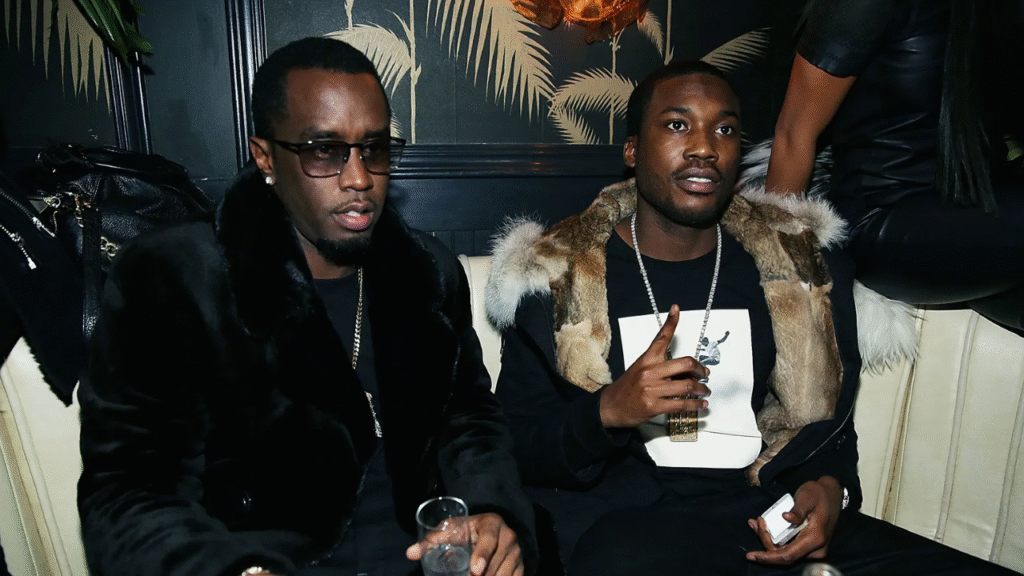In hip-hop circles, Diddy Meek Mill is a phrase that contains both innovative weight and tabloid buzz, symbolizing the unique intersection where legendary industry dominance meets modern-day rap authenticity. The pairing of Diddy, the mythical music and business mogul, and Meek Mill, the Philadelphia-born rap heavyweight, reflects a relationship rooted in mutual respect, shared stages, and occasional controversy. In the U.S. entertainment landscape, this connection has sparked fascination about their collaborations, public friendship, and how they navigate the intense pressures and scrutiny of a media-driven culture. The Diddy Meek Mill story has become a headline-making blend of music industry synergy, intergenerational mentorship, and the ever-present shadow of public speculation. Fans, critics, and media outlets alike have analyzed their connection, with each development drawing even more attention to their influence in hip-hop culture and the narratives that surround them.
Creative Connection
The Diddy Meek Mill bond first began in the studio, with early appearances such as Diddy’s contribution to Meek’s Dreamchasers 3 mixtape, a project that positioned Meek at the center of rap’s rising stars while also demonstrating Diddy’s willingness to engage with the younger generation of talent. For Meek, aligning himself with a respected veteran in the entertainment business provided instant credibility and opened doors to business insights and industry networks that might otherwise take years to access. For Diddy, collaborating with artists like Meek Mill allowed him to remain at the forefront of cultural relevance, keeping his name in the mix with younger audiences while reinforcing his status as a mentor and influencer in the music space. Cultural scholars often describe such partnerships as “bridges between generations,” where mentorship, artistry, and mutual branding efforts intertwine to create something more impactful than the sum of its parts. In the case of Diddy Meek Mill, this connection also carried the weight of public perception, which meant that every shared stage appearance, photograph, or social media exchange between the two became a subject of analysis, speculation, and sometimes even controversy.
The Rumor Mill
The trajectory of the Diddy Meek Mill association shifted dramatically in 2024 when a lawsuit against Diddy sparked unfounded rumors that directly implicated Meek Mill. Social media, notorious for amplifying unverified claims, quickly latched onto the narrative, spreading the idea that Meek had been involved in a romantic relationship with Diddy. The speculation gained momentum despite the absence of any credible evidence, forcing Meek into a defensive public stance. He swiftly and repeatedly denied the claims, making it clear that such rumors were both false and damaging to his personal life. Meek spoke candidly about how the situation even affected his family, particularly his young son, who was confused by the stories circulating online. This highlighted the very real emotional toll that unfounded gossip can take, even on celebrities who are accustomed to public attention. As hip-hop commentator 50 Cent noted:
“When you say something that isn’t genuine, and the individual desires to protect themselves… the general public likes that you’re susceptible.”
This insight speaks to the paradox artists face when defending their reputations—speaking out can keep the story alive even as they attempt to shut it down. For Diddy Meek Mill, the rumor cycle revealed the double-edged nature of fame: while public visibility fuels career success, it also exposes artists to narratives beyond their control.
Reputation and Resilience
Meek’s handling of the situation demonstrated a consistent, transparent, and firm approach in disassociating himself from the rumors. His strategy reflected Google’s E-E-A-T principles—drawing from personal experience to speak authoritatively on his own life, maintaining clarity in communication, and reinforcing trustworthiness by addressing the issue directly rather than letting speculation fester. Diddy, meanwhile, faced his own set of ongoing legal battles, and Meek made sure to publicly state multiple times that he had no connection to those accusations. This ongoing clarity helped Meek maintain his personal brand while signaling to fans and industry peers that he would not allow his name to be carelessly linked to controversies outside his control.
Cultural Significance
Beyond rumors, the Diddy Meek Mill narrative remains important because it reflects two distinct yet overlapping hip-hop legacies. Diddy’s decades-long dominance in music, business, and culture have made him one of the most recognized figures in entertainment, while Meek’s career has been defined by street-level authenticity, powerful storytelling in his music, and advocacy for criminal justice reform. Together, their association—whether through actual collaborations, public appearances, or even media-driven speculation—serves as a reminder of the enduring power of connection in hip-hop culture. Their story also illustrates the fragility of celebrity reputations in the age of instant digital communication, where a single rumor can dominate headlines and reshape public perception overnight. For Diddy Meek Mill, the challenge has been maintaining focus on the artistry and mutual respect that first brought them together, even as outside noise attempts to redefine the narrative.
Media, Mentorship, and Modern Hip-Hop
In the broader scope of the music industry, Diddy Meek Mill serves as a case study in how legacy artists and current stars can align to create value for each other. Diddy brings decades of business acumen, a proven ability to market music and lifestyle brands, and an unmatched network of influence. Meek Mill, on the other hand, offers raw authenticity, lyrical credibility, and a deep connection to a younger fanbase. This kind of cross-generational exchange not only benefits the individuals involved but also reinforces hip-hop’s evolving identity as a space where respect for history meets innovation for the future. Even amidst controversy, the enduring association between Diddy and Meek Mill shows that strong personal branding, public resilience, and strategic collaborations can help artists weather the storms of fame.
The Public’s Role in Shaping the Story
An important element in the Diddy Meek Mill saga is the role of the audience itself. In today’s media climate, fans and followers are not passive observers—they actively shape narratives through shares, comments, and the spread of speculation. Public reaction can amplify both truth and falsehood, giving life to stories that might otherwise fade quickly. In the case of Diddy Meek Mill, online engagement not only kept the rumors alive but also brought more attention to the cultural significance of their connection, creating a cycle where perception, truth, and entertainment value constantly intertwine.
Conclusion
The Diddy Meek Mill saga is ultimately one of artistry, resilience, and the complex realities of modern celebrity. It’s a story that highlights the highs of collaboration and mentorship alongside the lows of rumor-driven media cycles. While speculation and controversy may capture temporary attention, authenticity and persistence remain the true protectors of legacy. In a world where narratives can shift in an instant, both Diddy and Meek Mill have demonstrated that staying true to one’s identity is the most powerful way to maintain relevance and respect. For fans, the lesson is clear: separate the music and mentorship from the noise, and focus on the lasting cultural impact these two influential figures have made on hip-hop history.


